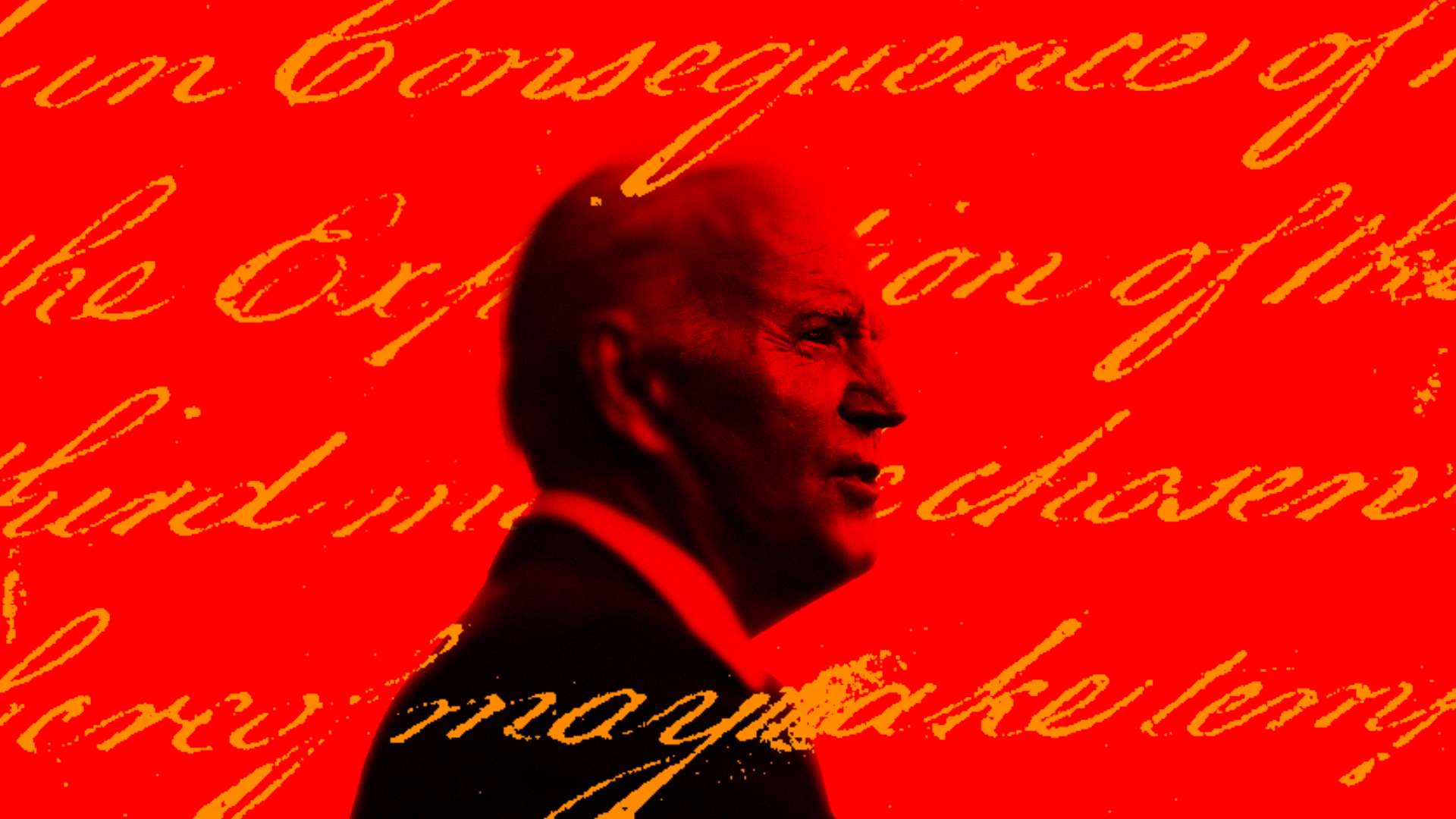In his State of the Union address last night, President Joe Biden reiterated his desire for a new assault weapons ban. “In the 10 years that Prohibition has been in place, mass shootings have gone down,” he asserted. “After we had a Republican administration that ended, mass shootings tripled.” He’s referring to a long-sunset ban on certain types of semi-automatic rifles in effect from 1994 to 2004.
When talking about “assault weapons”, the definition of what weapon he is targeting is both vague and meaningless. Biden himself has acknowledged that it would be legal under any conceivable Democratic plan to ban new sales of weapons that pose the same level of potential danger to others when misused by criminals. (His plan requires those who already legally own such weapons—however the government defines them—to register them, which experience shows would be pointless except to create a vast class of “criminals” who have never harmed anyone.)
As usual, Biden and his team are targeting the self-defense and leisure choices of millions of Americans, who have never and will never unjustly harm anyone with their weapons, targeting a very small portion of any perceived gun violence crisis.
In 2021, and that year was fairly typical in this regard, according to National Incident-Based Reporting System (NIBRS) data, rifles of all types were used in 4.9 percent (or 620) of all homicides that involved firearms and 4.7 percent (or 11,995) of all homicides involving firearms. All assaults are felonies. In terms of homicides, compared to the nature of the crisis, motor vehicles/vehicles were far more deadly to Americans than any type of rifle in 2021, involving 951 homicides.
Biden’s claim about the effectiveness of the old ban and what has happened since then is also off. Data collected by the Marshall Project, which defines a “mass shooting” as an event “in which a gunman kills four or more strangers in a public place,” suggests that Biden was wrong about mass shootings during the initial ban since 1994. . 2004.
The Marshall Project divides its analysis into five-year periods so that no one-year outliers confound the issue. That analysis found that in each of the five-year periods in which the original ban was partially or fully in effect, there were more mass shootings than in the two five-year periods preceding the first ban. When it comes to casualties, there were more mass shooting casualties in the five-year period (1997-2001) covered entirely by the ban than in 1982-86 (25 percent more) or 1987-91 (34 percent more).
To give Biden some credit, the last five-year period for which we have hard data, 2017-21, saw more mass shootings than during the 1994-2004 period when the old assault weapons were banned. Still, the increase in such incidents was 50 percent (compared to the only five-year period in the Marshall Project analysis fully covered by the old ban), the “triple” Biden did not say. If we grant that Biden was speaking clumsily and meant to say that mass shooting loss of life “Three times,” he is close to correcting. According to data from the Marshall Project, fatalities from mass shootings rose 156 percent from 1997 to 2001 (again, only the five-year period fully covered by the old ban) through 2017-21.
But, of course, the old “prohibition” did not preclude widespread ownership and access to existing weapons. Meanwhile, a dramatic increase in mass shooting casualties has been a phenomenon of the past five years, casting doubt on the ability of Americans to purchase new “assault weapons” across the country and over time, and any reliable evidence linking increased gun violence casualties. Indeed, digging into the best relevant social science on assault weapons and mass shootings, the RAND Corporation, in a paper updated last month, concluded that “based on our assessment of these findings and the relative strength of these studies, we find “Inconclusive Evidence for Effects of Assault Weapons Bans on Mass Shootings”. (emphasis theirs)
Biden or Democratic Party politics are extremely iffy to get anywhere with this kind of new ban. The constitutionality of such a ban on a common and historically owned weapon capable of being used for self-defense at home is also highly questionable, especially given the Supreme Court’s July 2022 recess. Bianchi vs. FroshA 4th Circuit Court of Appeals decision upheld Maryland’s state-level assault weapons ban.
The Supreme Court sent the case back to the 4th Circuit, insisting that it must “consider further in light of ․ New York State Rifle & Pistol Assn., Inc. vs. Bridge.” This is the case where the Supreme Court has rejected a “balancing interest” sufficient to override a Second Amendment right. This new precedent should make lower courts take Americans’ right to bear arms more seriously than they reliably did a decade and a half later. Heller The decision made it clear that the amendment covers the right to commonly own firearms, at least for self-defense in the home.

